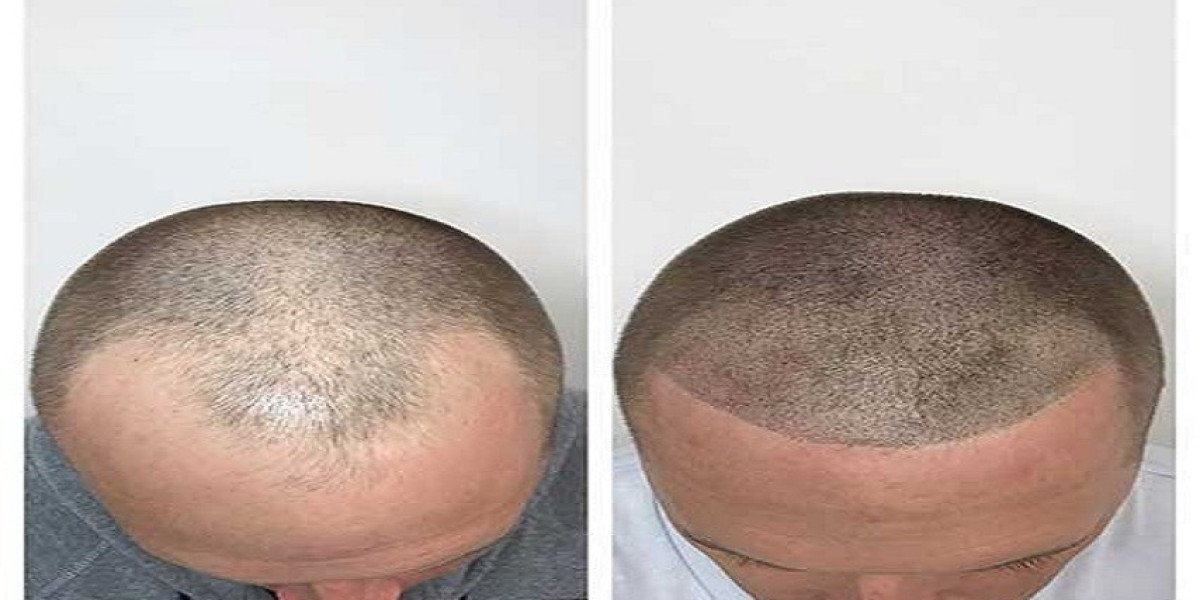It’s normal to shed about 50–100 hairs a day, but when you start noticing clumps of hair on your pillow, in the shower, or on your brush, it can be alarming. One of the most common reasons behind this sudden, excessive hair shedding is a condition called Telogen Effluvium (TE) — often triggered by physical or emotional stress.
While this form of hair loss is temporary, understanding how stress impacts your hair growth cycle can help you take the right steps toward recovery and prevention.
1. What Is Telogen Effluvium?
Telogen Effluvium is a stress-induced hair loss condition that occurs when a significant number of hair follicles enter the resting (telogen) phase prematurely. Normally, around 85–90% of hair strands are in the growth (anagen) phase, while only 10–15% rest before shedding.
However, during Telogen Effluvium, that balance shifts — up to 50% of your hair can move into the shedding phase at once, resulting in noticeable thinning and hair fall across the scalp.
2. How Stress Affects the Hair Growth Cycle
The hair growth cycle has three main stages:
- Anagen (Growth Phase) – Lasts 2–6 years and determines hair length.
- Catagen (Transition Phase) – A brief stage when growth slows.
- Telogen (Resting Phase) – Lasts about 2–3 months before the hair sheds.
When your body experiences stress — physical, emotional, or psychological — it releases cortisol, the stress hormone. Elevated cortisol levels can disrupt the normal cycle by forcing a large number of hair follicles into the telogen phase prematurely.
A few months later, this sudden shift leads to diffuse shedding, often noticed during brushing or washing.
3. Common Triggers of Telogen Effluvium
Stress is the leading factor, but several other events can act as triggers:
- Major illness or surgery
- High fever or infections
- Postpartum hormonal changes
- Sudden weight loss or crash dieting
- Emotional trauma or chronic anxiety
- Nutritional deficiencies (iron, zinc, or protein)
- Certain medications or hormonal imbalances
The good news is that Telogen Effluvium is reversible, once the underlying trigger is identified and managed.
4. How to Identify Telogen Effluvium
Unlike other types of hair loss such as alopecia areata, Telogen Effluvium doesn’t cause bald patches. Instead, hair appears thinner all over the scalp, especially near the crown and temples.
Common signs include:
- Increased hair fall while shampooing or combing
- Reduced ponytail volume
- Thinner appearance along the hairline
- Noticeable shedding a few months after a stressful event
A trichologist can confirm the diagnosis through scalp examination and hair pull tests.
5. How Long Does It Last?
Telogen Effluvium typically appears two to three months after the triggering event and lasts for about three to six months. Once the cause is resolved and stress levels are controlled, the hair gradually returns to its normal growth cycle.
In some cases, especially when stress persists, the condition can become chronic, lasting longer than six months.
6. Managing and Treating Stress-Related Hair Loss
Recovery starts with addressing the root cause. Some effective approaches include:
- Stress management: Practice meditation, yoga, or breathing exercises to regulate cortisol levels.
- Balanced nutrition: Ensure adequate intake of iron, zinc, biotin, and protein to support regrowth.
- Gentle hair care: Avoid tight hairstyles, harsh treatments, or frequent heat styling.
- Professional therapies: Treatments like Low-Level Laser Therapy (LLLT), scalp rejuvenation, and PRP therapy can help stimulate dormant follicles.
- Regular sleep and hydration: Both play a vital role in restoring hormonal balance and scalp health.
7. When to Seek Professional Help
If hair shedding continues beyond six months or is accompanied by noticeable thinning, it’s best to consult a trichologist.
A professional evaluation can help determine whether the cause is Telogen Effluvium or another underlying condition such as:
- Androgenetic Alopecia (pattern hair loss)
- Thyroid-related hair thinning
- Nutritional or hormonal imbalances
Early diagnosis ensures faster recovery and prevents long-term damage to hair follicles.
8. The Positive Side: Regrowth Is Possible
Unlike scarring forms of hair loss, Telogen Effluvium doesn’t damage the follicles permanently. Once the trigger is removed, new hair begins to grow back within a few months. Patience, consistent care, and a healthy lifestyle are key to full recovery.
With the right support and professional guidance, your hair can regain its natural density and shine.
Final Thoughts
Sudden hair loss can be distressing, but it’s often your body’s way of signaling that something needs attention. Stress-induced Telogen Effluvium is reversible, and with timely care, most people experience complete regrowth.
Hair Transplant 101: When Is the Right Time for Men and Women to Consider It?
Hair Loss No More: Laser Therapy for Both Men and Women Explained








